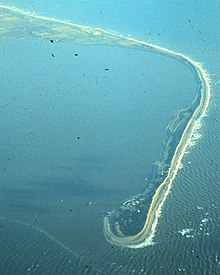I was thinking of that Ermeland and the similarity in names.
Could there be a connection between the various possible meanings, i.e. Worm, Hermes, Ermine?
If there was somebody or a group of people with the name Hermes involved in some kind of activity, mapping perhaps or trade, that name could over time have had a variety of pronunciations. And some aspect of the original activity then gets associated with the particular name.
As for Ermine street we still use the name ermine for the exclusive attire of the elite in society. To the extent that it is extremely common for elite groups all over the place to wear it as a sign of their status. Strangely the shape of the black specks can be very similar to the fleur de lis another common elite 'badge'. And perhaps reminiscent of the staff that Hermes carried with him.

Here are the fleur and the ermine together in the alliance between Brittany and France.
Could there be something symbolic in the stoat turning from one creature to another seemingly according to the time of year?
Here's a site with a vase painting of Hermes with boots that look rather ermine like and carrying the simplified staff.
http://www.rhedesium.com/the-battle-of- ... pents.html


